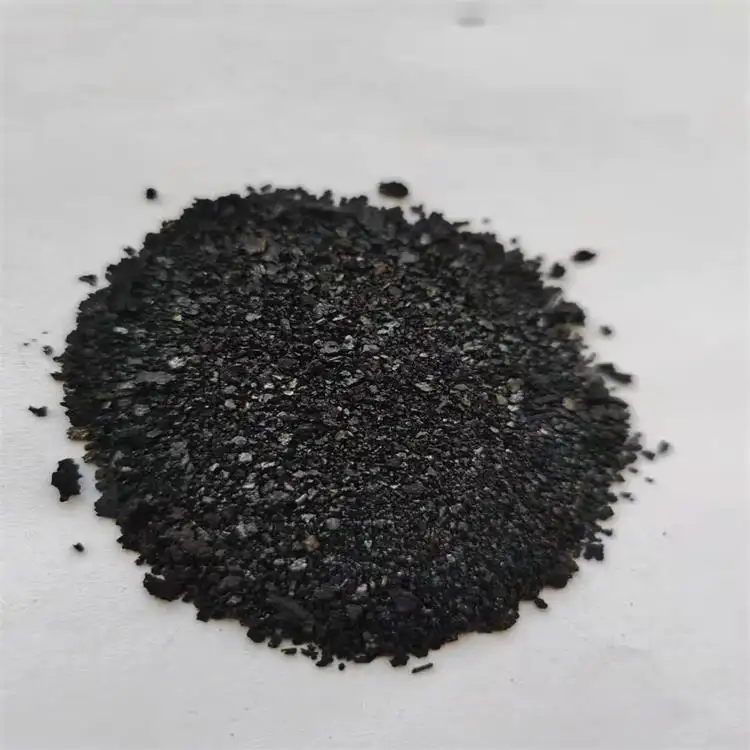Dyes Used in the Production of Blue Denim Jeans
Dyes for Blue Jeans The Art and Science Behind the Iconic Fabric
Blue jeans have long transcended their utilitarian origins to become a cornerstone of global fashion. The distinctive indigo hue that defines denim is largely owed to the dyes used in its production. This article explores the various dyes utilized in blue jeans, their historical significance, and the implications for fashion and sustainability.
The Historical Context of Indigo Dye
The primary dye used in blue jeans is indigo, a colorant extracted from the plant Indigofera tinctoria. Historically, indigo dyeing dates back thousands of years, with roots in ancient civilizations in India, Africa, and South America. The deep blue shade signifies not only artistic expression but also cultural identity. In fact, in many cultures, indigo was highly valued and considered a sign of wealth and status.
Before synthetic dyes were developed in the mid-19th century, indigo was the go-to dye for cotton textiles. Artisans mastered the complex dyeing process, which involved fermenting the leaves of the indigo plant to create a rich, vibrant color. While traditional methods are still appreciated for their craftsmanship and eco-friendliness, the advent of synthetic dyes has revolutionized the textile industry.
Synthetic Dyes A Modern Approach
The introduction of synthetic indigo in the late 1800s transformed denim manufacturing. Synthetic dyes are more consistent in quality and are easier to apply on an industrial scale. This innovation allowed for the mass production of blue jeans, making them accessible to the broader public. Today, synthetic indigo dominates the market due to its predictable performance, cost-effectiveness, and intensive color yield.
dyes for blue jeans

However, as we delve deeper into the realm of synthetic dyes, sustainability concerns arise. The production process for synthetic dyes can be resource-intensive and environmentally damaging. The fast fashion industry's dependence on quick-turnaround dyeing processes has prompted a reevaluation of dyeing practices. Many brands are now opting for more sustainable methods, including low-impact dyes and innovative dyeing technologies that minimize water usage and chemical runoff.
The Rise of Eco-Friendly Dyes
The movement toward sustainable fashion has significantly impacted dyeing practices for denim. Eco-friendly alternatives like natural indigo and low-impact synthetic dyes are gaining traction. These dyes are produced with fewer harmful chemicals and less water, aligning with a growing environmental consciousness among consumers.
Moreover, brands are increasingly adopting closed-loop systems where water is recycled and treated, reducing waste significantly. Companies like Levi's and Nudie Jeans are leading the charge in promoting sustainable denim through innovative dyeing techniques and environmentally-friendly practices, demonstrating that it is possible to maintain quality and style while prioritizing the planet.
Conclusion
The dyes used in blue jeans serve as a testament to the rich history and evolving narrative of denim fashion. From the ancient techniques of indigo dyeing to the innovative methods employed today, the journey of jeans is woven with advancements in technology and a heightened awareness of sustainability. As consumers become more discerning about their fashion choices, the future of blue jeans will undoubtedly hinge on the continued evolution of dyeing practices—blending tradition with a commitment to a healthier planet. The rich indigo hue will continue to symbolize not just style, but a growing responsibility towards sustainable practices in the textile industry.
-
The Timeless Art of Denim Indigo Dye
NewsJul.01,2025
-
The Rise of Sulfur Dyed Denim
NewsJul.01,2025
-
The Rich Revival of the Best Indigo Dye
NewsJul.01,2025
-
The Enduring Strength of Sulphur Black
NewsJul.01,2025
-
The Ancient Art of Chinese Indigo Dye
NewsJul.01,2025
-
Industry Power of Indigo
NewsJul.01,2025
-
Black Sulfur is Leading the Next Wave
NewsJul.01,2025

Sulphur Black
1.Name: sulphur black; Sulfur Black; Sulphur Black 1;
2.Structure formula:
3.Molecule formula: C6H4N2O5
4.CAS No.: 1326-82-5
5.HS code: 32041911
6.Product specification:Appearance:black phosphorus flakes; black liquid

Bromo Indigo; Vat Bromo-Indigo; C.I.Vat Blue 5
1.Name: Bromo indigo; Vat bromo-indigo; C.I.Vat blue 5;
2.Structure formula:
3.Molecule formula: C16H6Br4N2O2
4.CAS No.: 2475-31-2
5.HS code: 3204151000 6.Major usage and instruction: Be mainly used to dye cotton fabrics.

Indigo Blue Vat Blue
1.Name: indigo blue,vat blue 1,
2.Structure formula:
3.Molecule formula: C16H10N2O2
4.. CAS No.: 482-89-3
5.Molecule weight: 262.62
6.HS code: 3204151000
7.Major usage and instruction: Be mainly used to dye cotton fabrics.

